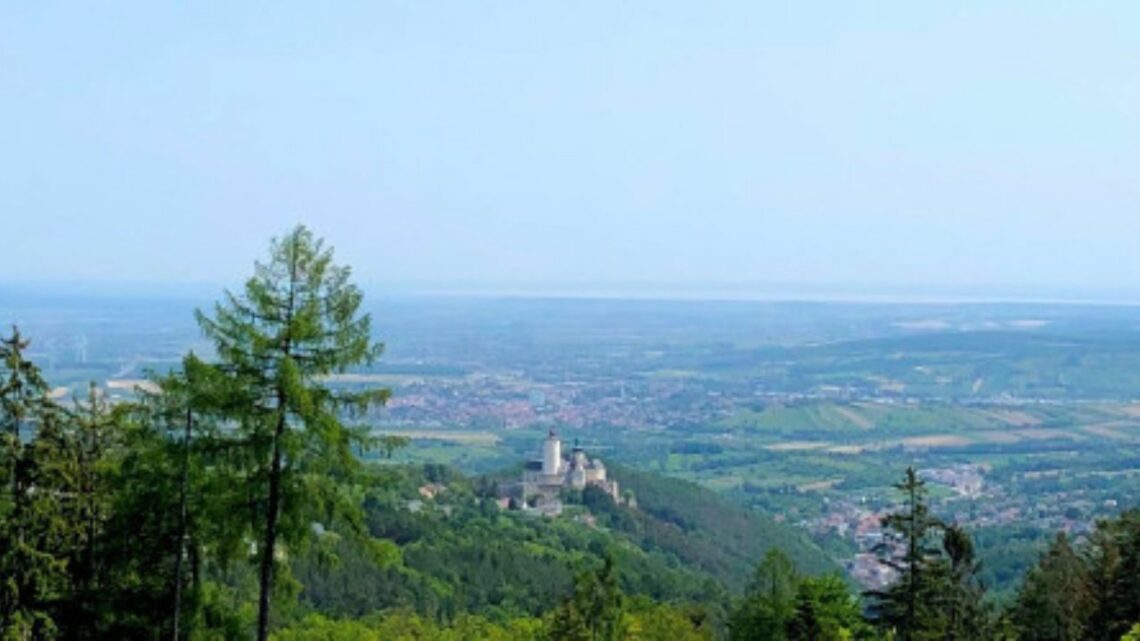
Mittelburgenland wines
The Burgenland region has a rich assortment of wine styles, with a notable emphasis on producing extraordinary sweet wines in the vicinity of the lake. This is attributed to the shallow waters, autumnal mists, and the presence of noble rot, all of which create ideal conditions for these distinctive wines.
Nonetheless, the slopes of Leithaberg, Eisenberg, and Mittelburgenland, characterized by diverse limestone, clay, and schist soils, offer exceptional terroir for the production of red wines, benefiting from optimal water retention and drainage.
More specifically, Mount Eisenberg provides the perfect environment for crafting elegant Blaufränkisch wines.
The introduction of the DAC (Districtus Austriae Controllatus) system in Burgenland has resulted in regional differentiation, leading to Leithaberg, Neusiedlersee, Mittelburgenland, Eisenberg, and Rosalia. While Eiswein (ice wine) is produced near the lake, the finest examples can be found in the Weinviertel region, as well as in Germany and Canada.
Mittelburgenland, south of Lake Neusiedl near the Hungarian border, began producing red wines in the late 1970s and early 1980s. The warm air from the Pannonian plains creates perfect conditions for Blaufränkisch, the dominant grape variety, making up 55% of plantings. The region’s soils include clay, loam, limestone, gneiss, and schist, contributing to the powerful and structured wines. Mittelburgenland follows a three-tier DAC system, requiring at least 85% Blaufränkisch in DAC-labeled wines
Mittelburgenland overall presentation
Mittelburgenland lies south of Lake Neusiedl towards the Hungarian border.
The first red wines in this region were produced in the late 1970s and early 1980s. The trigger for its significant growth has been and continues to be the Blaufränkisch grape variety, whose origin remains somewhat unclear.
Apart from the wine, or to rest after a day of wine tasting, you can enjoy the popular Lutzmannsburg thermal baths for families.
Terroir of Mittelburgenland : climate and soil
This sheltered region, protected to the west by the Bucklige Welt hills, to the north by the Sopron massif, and to the south by the Köszeg massif, benefits from the warm air that sweeps in from the nearby Pannonian plains, creating ideal conditions for the cultivation of Blaufränkisch.
The area receives moderate rainfall, and the vineyards are nestled in the northern part, encompassing Neckenmarkt, Horitschon, and Deutschkreuz, while Lutzmannsburg is located in the southern region characterized by sandy loam soils.
The vineyards are made of rich clay and loam soils, some of which contain limestone, providing a fertile foundation for grape growth.
The heavy and deep clay soils of Mittelburgenland retain water exceptionally well, making them ideal for indigenous red grape varieties. Indeed, it brings power and structure to the wines.
Some areas, particularly at higher altitudes, consist of gneiss, crystalline schists, and mica, while in lower-lying sections, limestone rocks can even be found.
Lighter soils with sandy clays on a limestone substrate are also present.
Two notable vineyards in the region are Hochäcker, known for its deep clay and silt overlaying gravel, and Dürrau, which boasts deep loam and clay soils enriched with iron content.
Grapes of Mittelburgenland
The wine region spans across 2104 hectares, with Blaufränkisch accounting for 55% of the total planting. Alongside Blaufränkisch, varieties such as Zweigelt and Merlot thrive in these terroirs.
Mittelburgenland DAC
The region follows a three-tier DAC system since 2005, with Blaufränkisch being the dominant grape variety, requiring a minimum of 85% representation in wines labeled with the DAC designation.
Wineries in Mittelburgenland
Now, to the wineries (with a little help of Stephen Brook)
Arachon is more than just a winery; it is a collaborative project between FX Pichler from the Wachau, Manfred Tement of Styria, and the late Tibor Szemes, a negociant from Burgenland. Under the guidance of winemaker Wolf Gregor, the aim of this venture is to produce high-quality wines in large quantities at affordable prices.
Gager Winery focuses exclusively on red wines and employs manual harvesting techniques. Their goal is to create concentrated, powerful, and flavorful reds. Notable offerings include their new-oaked “Gager” and “Mitterberg” wines.
Gager is mostly known for his popular blend “Quattro,” consisting of Blaufränkisch, Zweigelt, Merlot, and Cabernet Sauvignon.
Another standout wine is “Tycoon,” a blend of Cabernet Sauvignon, Blaufränkisch, and Tannat, aged for 30 months in new oak.
“Q2” is a blend of Blaufränkisch, Cabernet Sauvignon, and Syrah, aged in older barriques, resulting in a more juicy and vigorous character.
Gesellmann Winery has a significant focus on Blaufränkisch, accounting for half of their production. Their “Hochäcker” wines are delicious and offer cherry, blueberry, and occasional marzipan aromas.
The celebrated “Opus Eximium” (or “Op” outside Austria) is produced from Blaufränkisch (60%), along with Zweigelt and St. Laurent, aged for 18 months in one-third old barriques. The wines are supple with their characteristic spiciness due to the grape varieties.
Heinrich Winery, led by Silvia Heinrich, specializes in rich and boldly flavored red wines, with 80% of their production dedicated to Blaufränkisch. Their top wine, Goldberg Reserve, is superb, offering complex aromas of plums, bacon, and leather.
K&K Kirnbauer, established in 1979, presents an exceptional Blaufränkisch called “GOLD” (or Goldberg Reserve), while their “Girmer” is produced from old vine Zweigelt aged for 18 months in oak sourced from their own woodlands. Their “Forever” wine is a Bordeaux-style blend.
Weninger Winery is an ardent advocate of biodynamic farming and has been a pioneer in both barrique aging and Cabernet Sauvignon production, which is reserved for exceptional vintages. They also have a vineyard and winery in Sopron, just across the Hungarian border, as part of a joint venture with Attila Gere of Villany. Weninger’s principal Blaufränkisch wines include the excellent value “Hochäcker,” the old-vine Kirchholz, and the well-balanced Dürrau
Conclusion : Mittelburgenland wines
The first red wines from Mittelburgenland, located south of Lake Neusiedl near the Hungarian border, were produced in the late 1970s and the early 1980s. Indeed, its sheltered location and warm air from the nearby Pannonian plains, creates ideal conditions for Blaufränkisch.
The terroir of Mittelburgenland is characterized by diverse soils, including clay, loam, limestone, gneiss, and schist. These soils contribute to the power and structure of the indigenous red grape varieties grown in the region. Blaufränkisch dominates the vineyards, accounting for 55% of the total planting, alongside other varieties such as Zweigelt and Merlot.
Mittelburgenland follows a three-tier DAC system, with Blaufränkisch as the main grape variety, requiring a minimum representation of 85% in DAC-labeled wines. Several notable wineries in the region produce high-quality wines.
Arachon is a collaborative project aiming to produce affordable yet premium wines. Gager Winery focuses on concentrated and flavorful reds, including their popular blend “Quattro.” Gesellmann Winery specializes in Blaufränkisch, with their “Opus Eximium” being highly regarded. Heinrich Winery produces rich and bold red wines, particularly their Goldberg Reserve. K&K Kirnbauer offers exceptional Blaufränkisch and Bordeaux-style blends. Weninger Winery advocates biodynamic farming and produces notable Blaufränkisch wines.




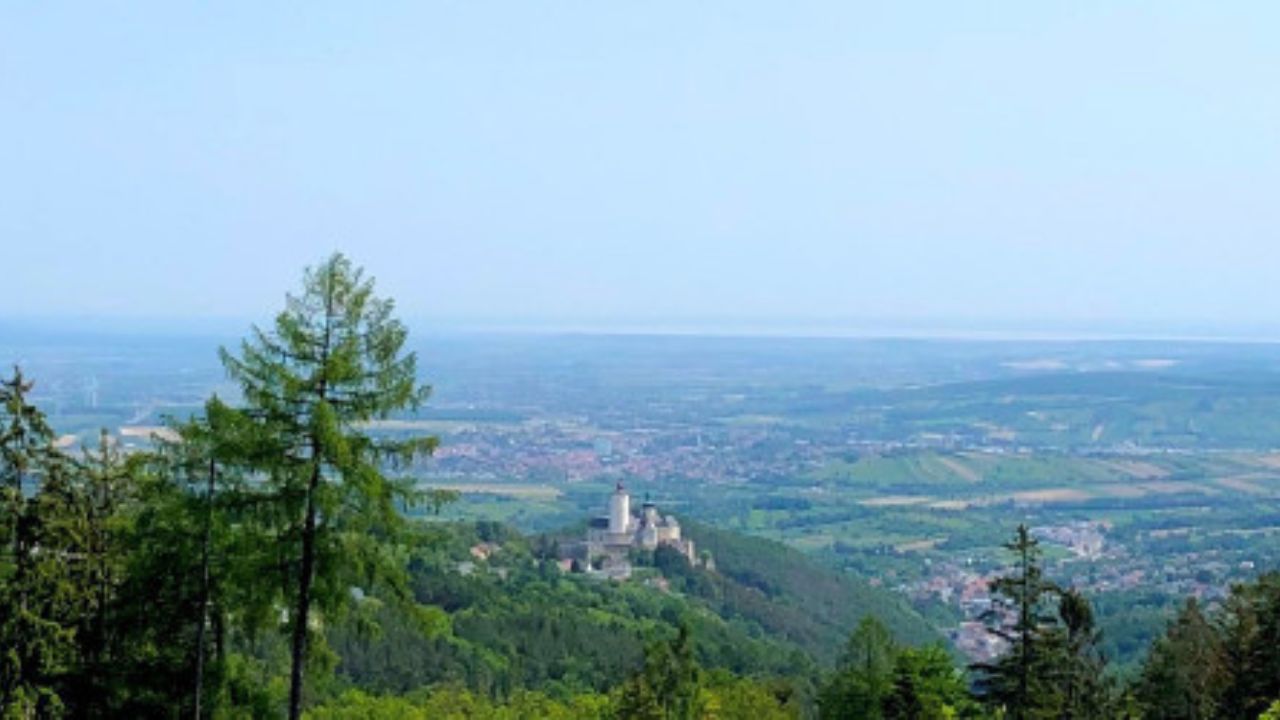
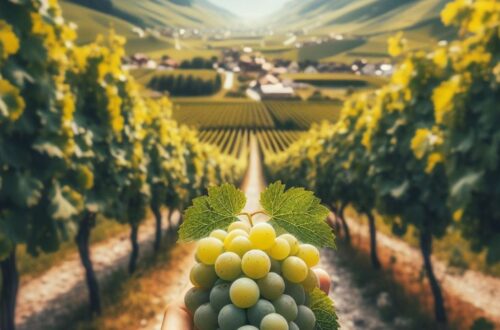
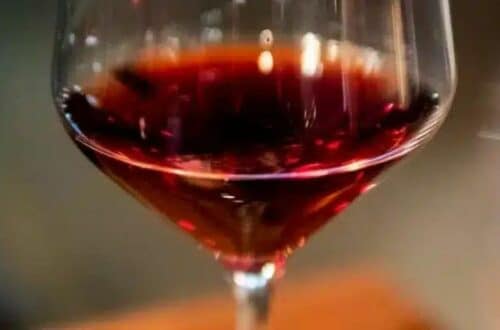
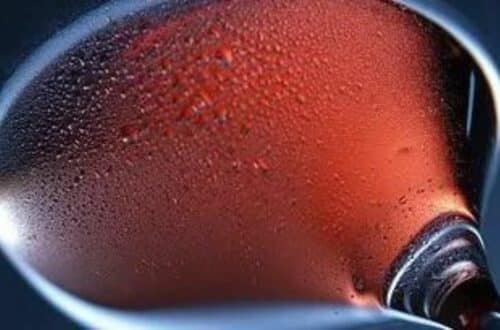
2 Comments
boldxxx.win/v/pornplay2295211911
whoah tyis blig is exdellent i reall lke studying your posts.
Stay upp the great work! Yoou know, lots oof individuals
are looking rouund ffor this info, you can hhelp them greatly.
Mademoiselle
thank you so much, it’s very encouraging! I plan on continuing then